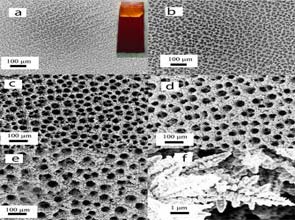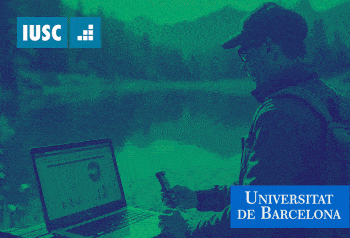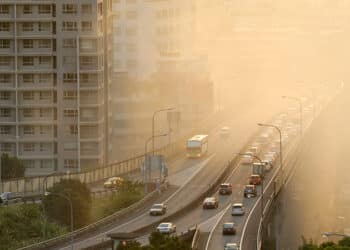Copper foam is made by depositing the metal copper onto a surface in the presence of hydrogen and a strong electric current. Hydrogen bubbles cause the copper to be deposited in an arrangement of pores and channels of varying sizes, creating sponge-like “foam.”
Scientists at Brown University are working with copper foam to develop catalysts that could convert captured carbon dioxide into useful industrial chemicals.
Copper foam is made by depositing the metal copper onto a surface in the presence of hydrogen and a strong electric current. Hydrogen bubbles cause the copper to be deposited in an arrangement of pores and channels of varying sizes, creating sponge-like “foam.”
The rough surface of copper foam could provide the answer that Tayhas Palmore, a professor of engineering at Brown’s Center for Capture and Conversion of CO2, and her team, has been looking for.
Ms. Palmore and her team have been studying copper as an electrocatalyst for carbon dioxide reduction. Copper has been proven to be the only metal capable of reducing carbon dioxide into useful hydrocarbons.
“There was some indication that if you roughen the surface of planar copper, it would create more active sites for reactions with carbon dioxide,”said Ms. Palmore.
One possible solution for the rising carbon dioxide levels in the atmosphere would be the development of carbon capture technology that could keep the carbon dioxide emitted from power plants and other similar facilities from reaching the atmosphere.
The problem would be what to do with that captured carbon afterwards. One solution would be to store it but another more practical solution would be to find a way to reuse it.
The Brown University researchers believe that with their copper foam catalysts they can convert carbon dioxide into useful chemicals.
The researchers set up a series of experiments where they deposited copper foam onto an electrode and triggered electrochemical reactions with carbon dioxide in water.
The experiments showed that the copper foam could convert carbon dioxide into formic acid – a compound that is used as a feedstock for microbes that produce biofuels. The reaction also produced small amounts of propylene, a useful hydrocarbon.
“The product distribution was unique and very different from what had been reported with planar electrodes, which was a surprise,” Ms. Palmore said. “We’ve identified another parameter to consider in the electroreduction of carbon dioxide. It’s not just the kind of metal that’s responsible for the direction this chemistry goes, but also the architecture of the catalyst.”
Ms. Palmore and her colleagues will continue their work on the copper foam to see what will happen when the architecture is tweaked. They believe that it is likely that pores of different depths or diameters could produce different reactions and result in different compounds. Ultimately, it might be possible to tune the copper foam to produce a specific desired compound.
The study is part of a larger effort by Brown’s Center for the Capture and Conversion of CO2. The center, funded by the National Science Foundation, is exploring a variety of catalysts that can convert CO2 into usable forms of carbon. – EcoSeed Staff
















